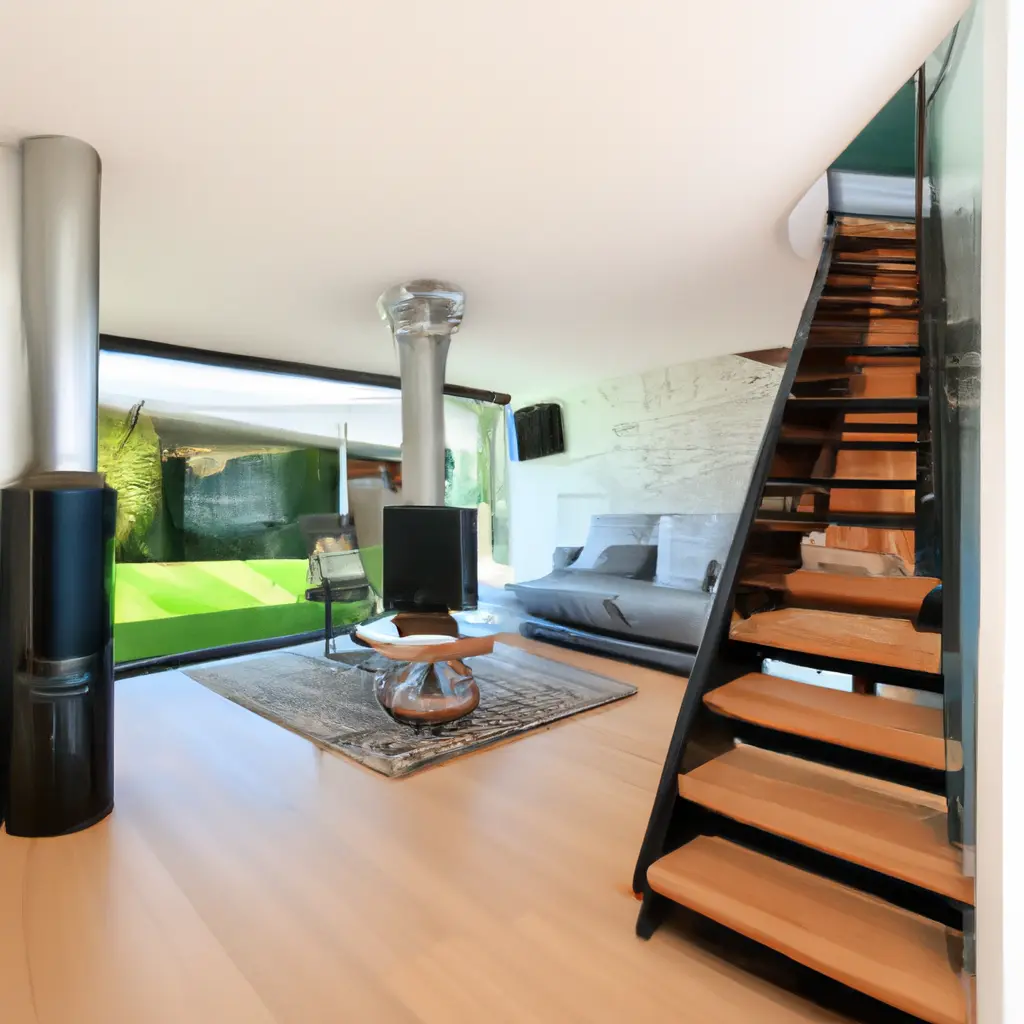Cascais, Sintra, and Oeiras are leaders in real estate deals

Despite "conjunctural changes" over the last two years, the housing market has maintained a "positive dynamic". This is one of the conclusions of the new edition of the Portugal Living Destination study by the consultancy JLL, which covers Lisbon, Porto and the Algarve.
The data also points to the need to continue investing in the creation of new offerings, to identify opportunities to develop large-scale projects with a diversity of segments, geographies and typologies, not forgetting products designed specifically for rental.
"In the two years since the first edition of this study, there have been many significant developments at macroeconomic, political and legislative level, both in Portugal and abroad, which have an impact not only on the current market dynamics but also on its future evolution. Obviously, the market is not unchanged in this new context and there have been some adjustments over the last year, but it is still showing positive dynamics with steady sales volumes and supportive price levels," explains João Fonseca, Head of Strategic Consulting and Research at JLL.
According to the study, the market has responded naturally to rising interest rates and cost of living by adjusting sales volume. In the first half of this year, the number of homes sold decreased by 22% compared to the same period a year earlier, but the 68 thousand homes sold reflect the presence of a stable demand in the market, supported mainly by domestic buyers (93% of homes sold), but with the active participation of foreigners.
There is also a significant volume of mortgage loans, which grew by 8% in the first half of the year (to EUR 9.081 billion), while the equity/financing ratio remains healthy, with the amount of loans granted representing 66% of the total transaction volume in the market, which amounted to EUR 13.761 billion.
Another indicator of market stability is the behavior of prices, which, despite the decline in sales volumes, still continue to grow, albeit at a slower pace. In any case, over the last three years, JLL has observed an accumulative increase in residential sales prices by 25% and rental values by 23%, which confirms the market's ability to grow in value.
In the last year and a half, 30,750 new homes have been completed in Portugal and licenses have been issued for another 46,700 homes. These figures, despite the increase compared to previous years, are still below the standards of housing construction at the beginning of the millennium (an average of 72,800 houses per year between 2000 and 2010) and insufficient for the current needs of demand, which has absorbed 236,000 houses in the same period.
"It is necessary to adapt products to new demand requirements. It is not only quantity that matters here. The key thing in housing today is to provide housing for all, which requires diversification in terms of location, target segments and even typologies, given the demographic changes that have taken place in the last decade," says Patricia Baran, head of residential real estate at JLL.
"To achieve diversity and affordability for families, large-scale construction projects are needed, which should also not exclude rentals.
14 May 2025
13 May 2025
On the one hand, there is a need to build for a wider audience with different income levels, while expanding into new geographical areas. Peripheral areas of large cities and/or secondary cities are becoming an alternative for buying or renting good quality housing at competitive prices, without neglecting quality of life and relative proximity to large cities. In Lisbon, an example of this trend is the increase in supply in areas such as Mafra and Seixal, as well as in the first ring around the capital, Lures and Odivelas.
Diversification is also a necessary response to new consumer habits and demand demographics. On the one hand, the home is now a multifunctional space for living, working, studying and relaxing, with an increasing importance of support and services. On the other hand, Portuguese families and their habits have changed significantly over the last decade. There are now more families but they have become smaller, single person families and couples without children make up 58% of the total. At the same time, the number of married people has decreased by 14% and the number of divorced people has increased by 40%, requiring more houses, but adapted to these new realities, perhaps with a lack of smaller typologies.
Another trend that offers opportunities for new offerings are rental products, also on a large scale approach, the Multifamily segment is coming to the forefront as one of the most effective answers to the affordable housing challenges of the population.
Comment
Popular Posts
Popular Offers

Subscribe to the newsletter from Hatamatata.com!
Subscribe to the newsletter from Hatamatata.com!
I agree to the processing of personal data and confidentiality rules of Hatamatata














